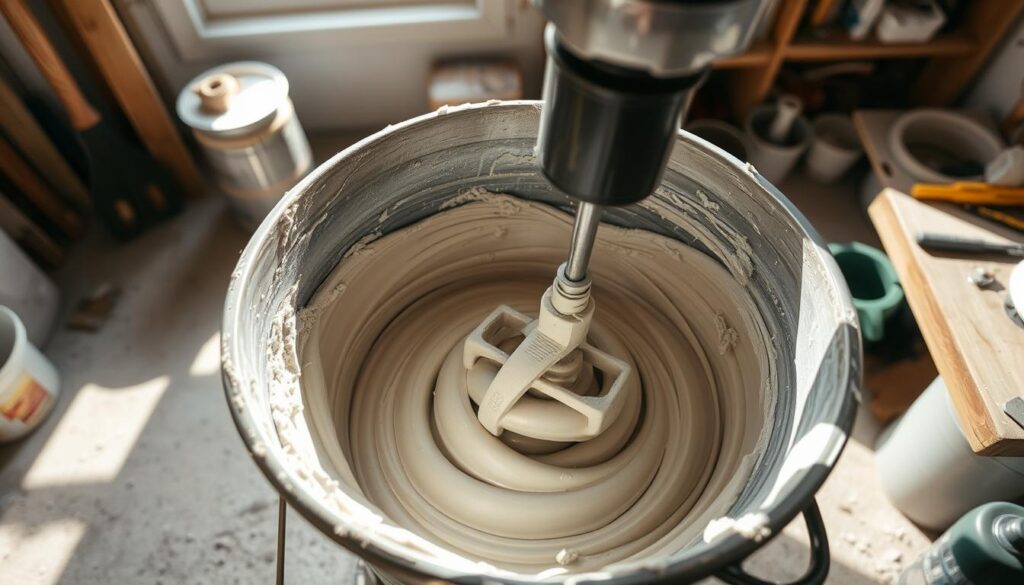Are you embarking on a DIY project that requires a concrete mix, but you’re unsure about how to achieve professional-quality results with small batches? You’re not alone. Many homeowners face this challenge when working on home improvement projects that demand precision and durability.
Mixing your own concrete can seem daunting, but with the right techniques and materials, it’s entirely achievable. Whether you’re working on a small patio, a pathway, or a DIY sculpture, understanding how to properly mix and apply concrete is crucial for the structural integrity and longevity of your project.
Key Takeaways
- Learn effective techniques for mixing concrete for your DIY home improvement projects.
- Understand the importance of proper concrete mixing for structural integrity.
- Discover when to mix your own concrete versus ordering ready-mix.
- Achieve professional-quality results with small batches of concrete.
- Address common challenges faced when mixing concrete and find practical solutions.
Understanding Concrete Basics
To work effectively with concrete, you need to grasp its basic components. Concrete is a composite material made from a mixture of cement, sand, aggregates, and water. The ratio of these components affects the strength and durability of the final product.
Concrete Mix Ratios and Components
A popular concrete mix ratio is 1:2:3, with 1 part cement, 2 parts sand, and 3 parts aggregates. Alternatively, you can use 1 part cement to 4 parts ballast, which is a mixture of sand and aggregates. The choice of ratio depends on the specific requirements of your project.
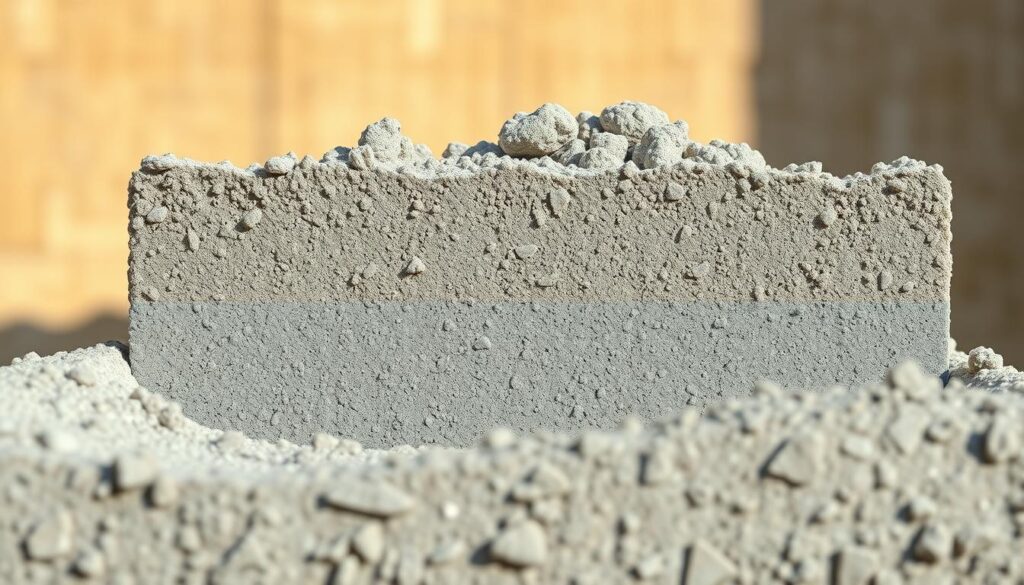
When to Mix Small Batches vs. Ordering Ready-Mix
When deciding whether to mix small batches or order ready-mix concrete, consider the size of your project, the materials you have available, and the equipment you will use. For small projects, mixing your own concrete can be cost-effective, but for larger projects, ordering ready-mix may be more practical.
Essential Tools and Materials for Mixing Small Batches of Concrete
Before you start mixing concrete, it’s essential to gather the necessary tools and materials. Having the right equipment will make the process more efficient and help you achieve a high-quality finish.
Required Materials
To mix small batches of concrete, you’ll need to acquire the necessary materials, including cement, sand, and aggregates in the correct proportions. You can either purchase bagged concrete mix or buy individual components. Bagged mixes are convenient for small projects, while individual components offer more flexibility for larger or more complex jobs.
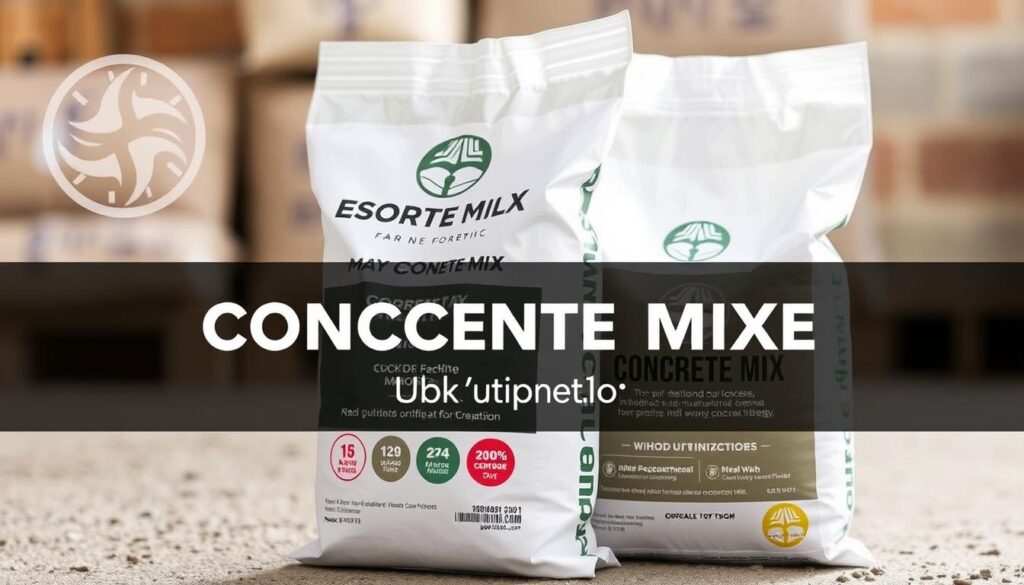
Necessary Tools and Equipment
The tools required for mixing small batches of concrete include a plastic bucket or utility tub with a 5-gallon capacity or larger, a margin trowel, and a measuring pail. You may also need a wheelbarrow, a garden hoe or flat shovel, and a hose with a spray nozzle. For more efficient mixing, consider using a power drill equipped with a paddle mixer attachment.
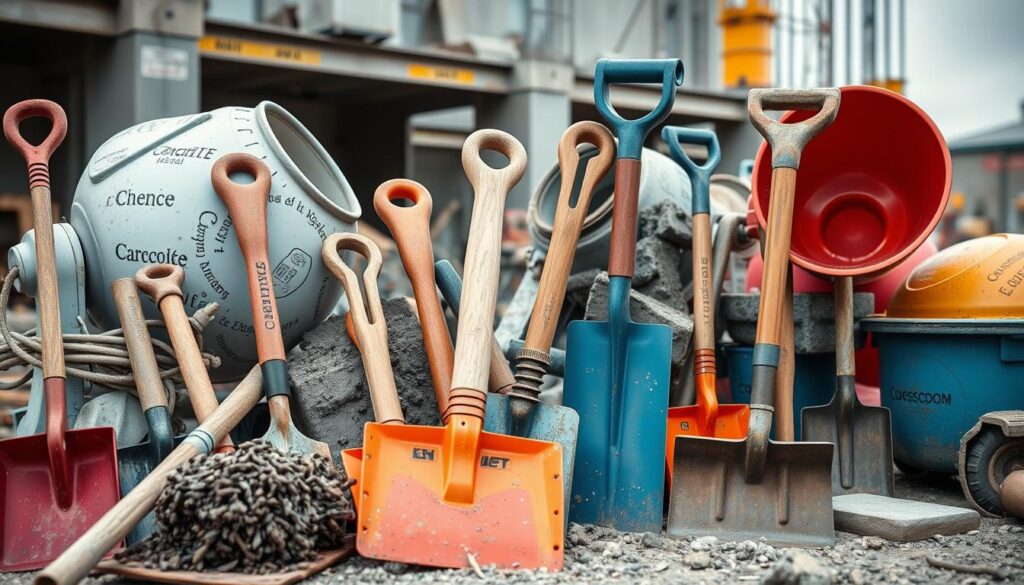
Step-by-Step Guide to Mixing Small Batches of Concrete
To achieve a high-quality finish, it’s essential to understand the step-by-step process of mixing small batches of concrete. The method you choose depends on the size of your project and the tools available.
Bucket Method for Very Small Projects
For very small projects, mixing concrete in a bucket is a practical approach. Start by dumping the required amount of bagged mix into the bucket. Create a depression in the centre of the mix and slowly add about three-quarters of the recommended water. Use a trowel or paddle mixer to mix the material slowly, gradually adding the remaining water as needed until you achieve the desired consistency.
Wheelbarrow Method for Medium Projects
For medium-sized projects, a wheelbarrow is a more suitable container. The process is similar to the bucket method, but you’ll use a hoe instead of a trowel for mixing. Pour the bagged mix into the wheelbarrow, form a depression, and add about three-quarters of the water. Mix slowly with the hoe, adding the remaining water gradually until the mixture is uniform.
Using a Portable Mixer for Larger Batches
When working with larger batches, a portable mixer is more efficient. Pour the required number of bags of mix into the drum and add about three-quarters of the recommended water. Turn on the mixer and combine the components, gradually adding the remaining water until you achieve a uniform consistency.
| Mixing Method | Project Size | Tools Required |
|---|---|---|
| Bucket Method | Very Small | Bucket, Trowel/Paddle Mixer |
| Wheelbarrow Method | Medium | Wheelbarrow, Hoe |
| Portable Mixer | Larger | Portable Mixer, Drum |
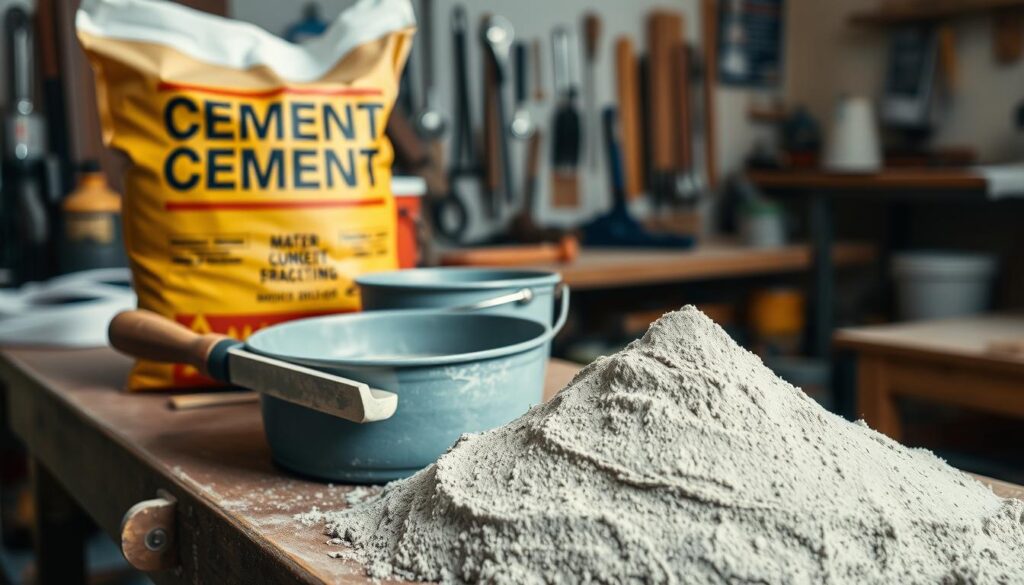
Regardless of the method, it’s crucial to mix the concrete thoroughly and achieve the right consistency. Overmixing can lead to a weakened mixture, while undermixing can result in a lack of cohesion.
Achieving the Perfect Concrete Consistency
Ensuring your concrete mix has the ideal consistency is essential for achieving a strong and durable finish. The consistency of your concrete mix plays a significant role in determining the overall quality of your project.
The Ideal Water-to-Mix Ratio
The ideal water-to-mix ratio is crucial for achieving the perfect concrete consistency. Adding the correct volume of water is key to achieving a good mix. According to experts, a good concrete mix will have the consistency of thick porridge. You can test the consistency of your mix by picking it up with a gloved hand and squeezing it.
- The mixture should keep its shape but also release easily from your hand.
- If it oozes a lot of water, the mixture is too wet.
- If the mixture crumbles, it’s too dry.
Testing and Adjusting Your Concrete Mix
To achieve the perfect concrete consistency, you need to test and adjust your mix accordingly. Start by checking the mix for any dry pockets that can lead to weak spots in the finished concrete. If you find any, adjust the mix to eliminate them. Environmental factors like temperature and humidity can also affect your concrete’s consistency, so be sure to compensate for these variables.
By understanding the relationship between concrete consistency and workability, you can balance these factors for your specific application. Remember, adding too much water to a bagged mix is the most common mistake made when mixing concrete. Resist the temptation to add more water than you need.
Conclusion
Having covered the basics of mixing small batches of concrete, it’s clear that attention to detail and safety are paramount. When working with cement and mortar, it’s crucial to take necessary precautions to avoid skin contact and inhalation of dust. Wear alkali-resistant rubber gloves and a dust mask to protect yourself from potential health hazards, including silicosis.
To achieve strong and durable concrete, remember to maintain the ideal water-to-mix ratio and follow the recommended mixing techniques. Whether you’re working on small projects or larger constructions, the principles outlined in this guide will help you achieve professional results.
As you continue to work with concrete, keep in mind the importance of proper curing and maintenance. Clean and maintain your mixing tools regularly to extend their lifespan. For further learning, consider exploring additional resources on concrete mixing to expand your skills and knowledge.
By following these guidelines and taking the necessary safety precautions, you’ll be well on your way to completing successful concrete projects while ensuring your safety and the durability of your work.
